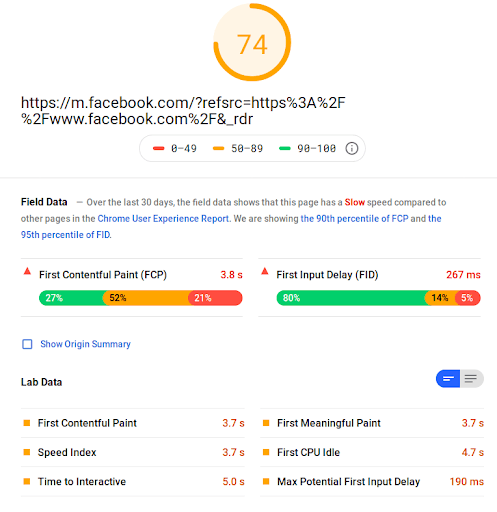

Students are encouraged to quickly draw as many simple sketches as possible. So, I asked myself, how can this be used in the classroom? I was quickly reminded of the Quick Draw strategy, where students are asked to respond to a piece of text (literary or expository) through illustrations. Give it a try and see how many of your doodles can be recognized. Scroll down and you’ll see the images that the neural network thinks a bee looks like. First, you see what kind of object the computer thought you were going to draw. Let’s use my pathetic attempt at a bee as an example (try not to laugh). After you complete a game, just select one of the drawings and you’ll see two sets of results. My iPhone try went a bit better, but that’s probably because the objects were fairly simple.Īn interesting feature of Quick, Draw! is the insight players can gain about how the network works. My first time playing on the laptop, I only got two out of six. However, I have to admit, I’m not very good at it.

I gave it a try on my laptop and my iPhone. While the player doodles, the neural network throws out its best guesses of the subject, stopping mid-sketch if it guesses correctly. Players are prompted to sketch an object on a 20-second clock using the mouse or touchscreen. Quick, Draw!, which launched last November, is a game built with machine learning. MindMup also integrates with Office365 and Google authentication for easy account management.At the recent TCEA Convention and Exposition, I learned about an experiment from Google called Quick, Draw!. Administer easilyĪdministrators can easily control sharing settings for the entire organisation. Quickly add images and icons to your maps to provide context and illustrations. MindMup for Google Drive also allows you to link to other project documents on Google Drive easily.

Attach documentsĪdd longer text, videos and spreadsheets to your maps. Maps saved to MindMup Cloud support concurrent editing for teams and classrooms, enabling you to instantly see updates made to your map by other users. Manage project progress easily with icons and priorities. MindMup Atlas automatically adds images and contextual information to ensure that your maps show up nicely on Twitter, Facebook, Google+, LinkedIn and Pinterest.Īdd measurements to map nodes to automatically calculate cost, completion and other important factors. Use a frictionless planning canvas to capture and organise your thoughts, and then put them into a powerful storyboard to turn a hierarchy of ideas into a sequence of slides. Use notes and attachments to quickly create a structure for an article or a writing assignment, then create a document outline and continue editing in your favourite writing tool Create storyboards


 0 kommentar(er)
0 kommentar(er)
